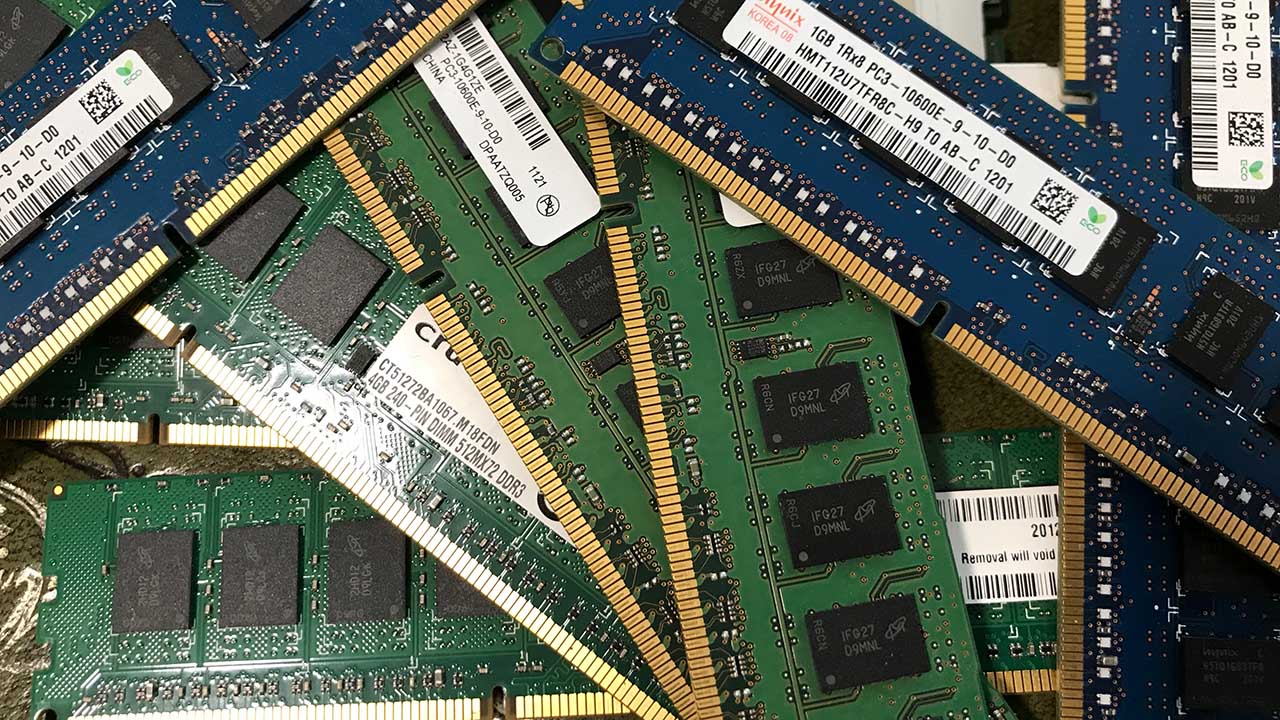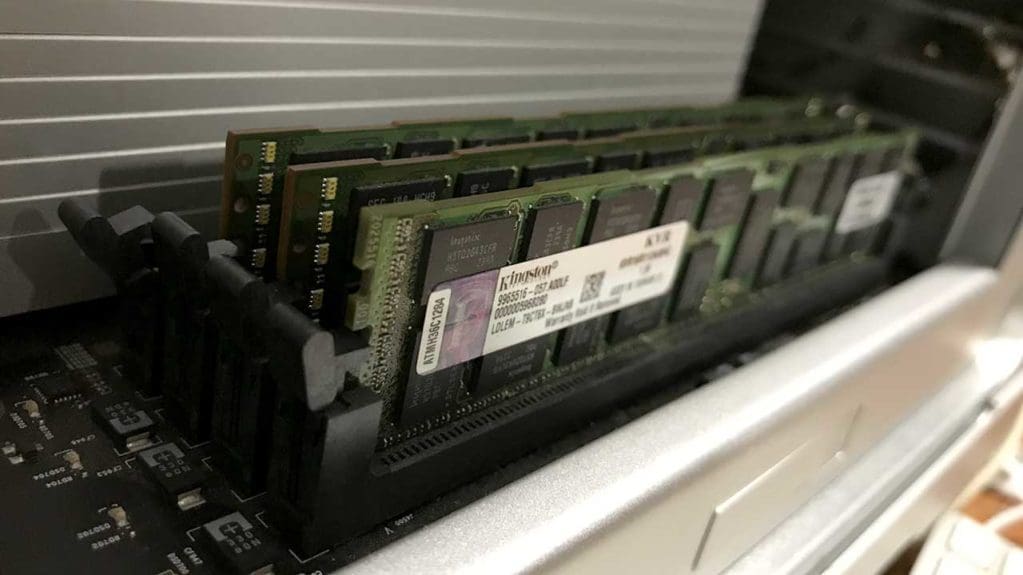

I dropped the thread for a while, but decided to try again now that I've upgraded some of these systems to 140.0.0.0 and 141.0.0.0 firmware revisions. In order to designate an overclocking trial as stable in the ZDNet test, the computer has to perform the mprime torture test for 24 hours without any errors. Some time ago, I was trying to get 4x16GB working in my single processor (X5680 and X5690) Mac Pro 4,1 and 5,1 towers, with no success. Voltage increase leads in increased electro-erosion and shortens the life of the modules in question. ZDNet Clock does not use any voltage increase for the CPU, the front-side bus (FSB) or the memory modules. The price difference between these two machines is 1430 Euros. This is because in addition to the CPU frequency, the main memory clock speed is also increased, which results in an additional increase in speed.

The RAM that Apple puts on its home made system on chip isnt RAM in. For example, the cheapest Mac Pro in the current series with a 2.80 GHz processor runs significantly faster after overclocking than the most expensive at 3.20 GHz. Unfortunately its difficult to upgrade RAM in a Mac - and nigh on impossible with the advent of the M1, M1 Pro and M1 Max Mac. The improvement in performance is quite remarkable. Notably, due to its FB-DIMM architecture, installing more RAM in the Mac Pro will improve its memory bandwidth, but may also increase its memory latency.
#Mac pro 4 1 memory for mac
ZDNet Clock: Overclocking for Mac Pro zur BildergalerieĮntry-level model faster than the most expensive Mac Pro The cards have 4 DIMM slots each, allowing a total of 32 GB (1 GB 1024 3 B) of memory (8 × 4 GB) to be installed. These can be overclocked up to 3.24 GHz and remain stable, see figure 1. The other two have two 2.80 GHz E5462 processors. The first computer is equipped with two 2.66 GHz X5355 processors, and runs stable at 3.10 GHz, see figure 2. The others come from the third generation with 45-nanometer processors and 1600-MHz front side bus, as sold by Apple since January 2008 (Mac Pro 3.1). One comes from the first Intel/Mac Pro generation (Mac Pro 1.1) with 65-nanometer processors and 1333-MHz front side bus. ZDNet uses three Mac Pros as test machines.

#Mac pro 4 1 memory mac os x
An Intel processor and the current operating system version, Mac OS X 10.5.x Leopard, are also required. The current version 1.0 supports only the Mac Pro and the Apple server Xserve.
#Mac pro 4 1 memory for mac os
So developed the overclocking tool "ZDNet Clock" for Mac OS X. Macintosh computers lack a BIOS setup entirely – and Windows tools will not run under Mac OS. The 2008 Mac Pros lack SSE 4.2 instruction set on the CPUs as well as EPT/VT-x support, which aids greatly in virtual machine-related tasks. ZDNet Clock for the Mac Pro is easy to operate. The Mac Pro 2008s are the odd man out as there are few CPU options compared to the 1,1/2,1 Mac Pros, and 4.1/ 5,1 Mac Pros, 64-bit EFI can use modern macOS with minimal hacking. Under Windows, however, overclocking tools such as Clockgen, SysTool or CrystalCPUID can be used. Many PCs can be overclocked in the BIOS set-up, although this does not apply to most brand name machines, such as those from Dell, HP or IBM. Despite this, there are a few things that are easier to implement under Windows. Apple owners can do a lot of things better with their computers than Windows users can.


 0 kommentar(er)
0 kommentar(er)
